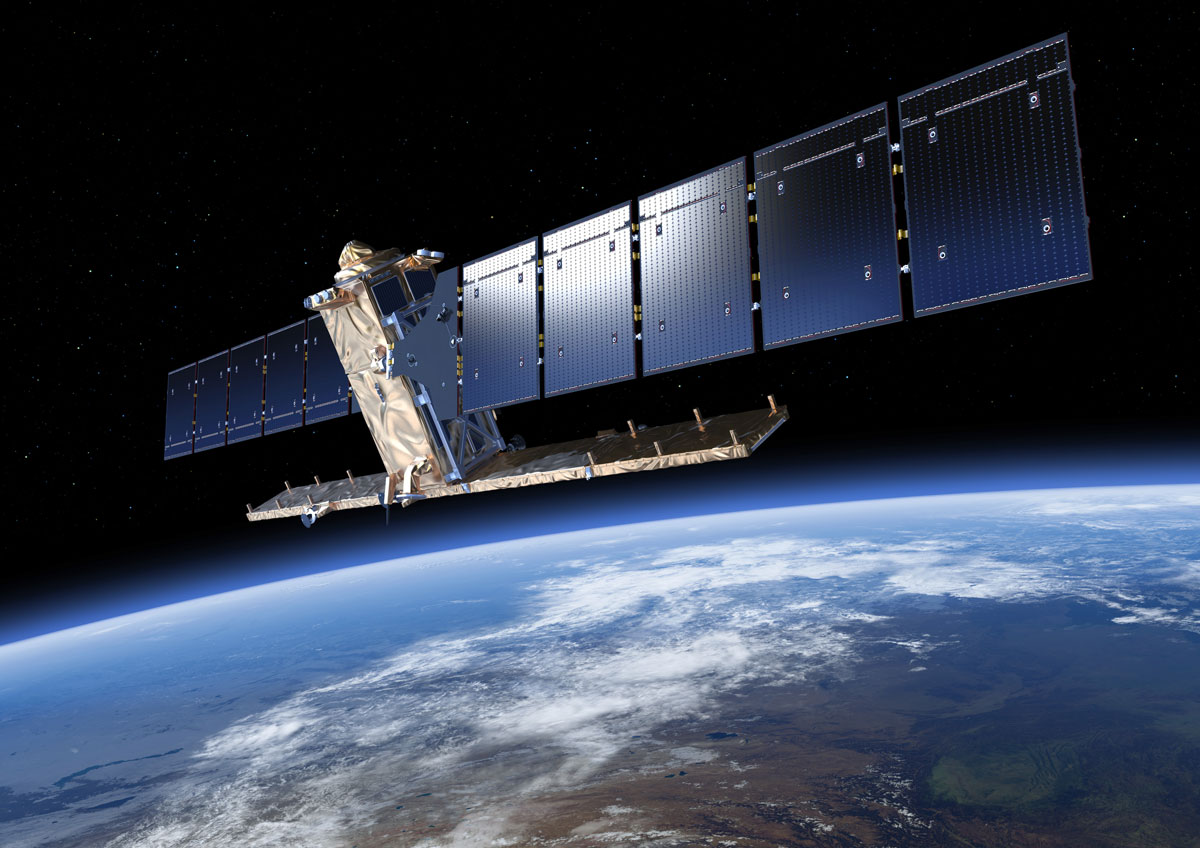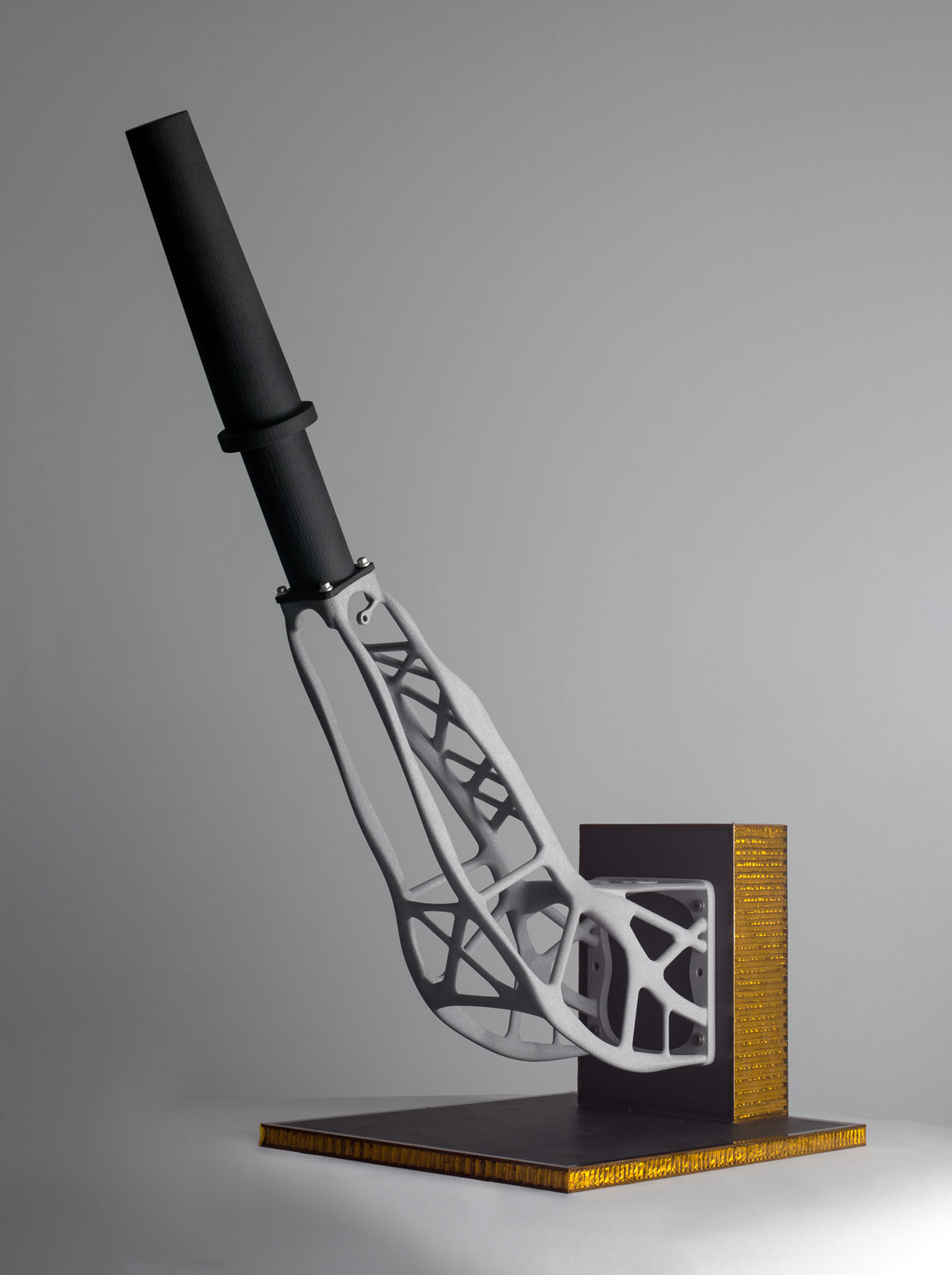Spaceward Bound For Large SLS Part
Oct 30, 2014
One of the longest components produced using powder bed printing, at 40cm, is soon to head into orbit around the Earth. Industrial additive manufacturing solutions company EOS has provided the 3D printing prowess for the satellite-part redesign, in the form of an optimised antenna support. The support was produced by Goteborg, Sweden based RUAG Space AB with advanced design software by Troy, Michigan based Altair. The antenna support was presented at the European Space Agency (ESA) Conference in Noordwijk, Netherlands on Tuesday this week. The project will also appear during the EuroMold 2014 Additive Manufacturing Design and Engineering Symposium on November 26, hosted by Altair.

German Selective Laser Sintering (SLS) company EOS has successfully printed a large part that will be used in an Earth observation satellite. Parts have been printed for satellites before, such as SLS mounting equipment by CRP Technology for the KySat-2 CubeSat, launched by Orbital Sciences. Printing for satellite prototypes has also seen advances such as the production of a 15 foot fuel tank prototype for Lockheed Martin using Fused Deposition Modeling by Stratasys’ RedEye service.
However, the size of the part produced by EOS is significant, one of the largest produced by powder bed printing — the production quality is illustrated by its very application for space-born functionality, with a number of advantages for the production of the part by additive means. RUAG Space has been involved in intensive R&D into using 3D printing for production since 2013. Michael Pavloff, Chief Technical Officer at RUAG Space explained: “Our goal is to fit Sentinel-1 successors with antenna supports that have been manufactured using a 3D printer.”

The design software used for this ambitious project was provided by Altair, HyperWorks solver OptiStruct and solidThinking Evolve. The Altair Software increased the level of freedom in the design process for additive manufacturing via topology optimisation to use the minimum material necessary. Pietro Cervellera, Managing Director of Altair said: “The collaboration with RUAG Space and EOS allows us to deliver even more innovative end-to-end design and optimisation processes to exploit the benefits of additive manufacturing.”
RUAG Space AB’s centre for the design and manufacture of digital electronics, microwave electronics and antennas is conducted at the company’s headquarters in Göteborg, Sweden. Design and manufacture of launcher adapters, satellite separation systems, satellite structures and guidance systems is performed in Linköping, Sweden. Mr. Pavloff summised: “3D printing has enormous potential for our business, and we’re currently in the process of developing further space applications.”
For more about the exciting applications and potentials of 3D printing for space, and in space, why not check out our new exclusive 3dpi.tv interview with NASA’s expert Lynn Rothschild!
Source: 3D Printing Industry